Top 15 Vibe Coding Tools for Developers and Startups (2025)
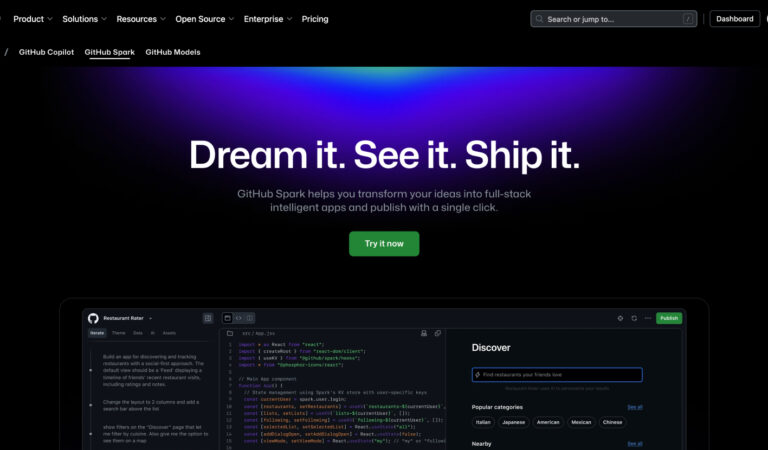
The software development landscape is experiencing a revolutionary transformation in 2025, driven by the emergence of AI-powered coding tools that are fundamentally changing how we build applications. These “vibe coding” tools are enabling developers, startups, and even non-technical founders to create sophisticated software solutions at unprecedented speed and scale.
From natural language prompts that generate full-stack applications to AI assistants that understand your entire codebase, these tools represent the cutting edge of developer productivity. Whether you’re a seasoned engineer looking to accelerate your workflow, a startup founder racing to build your MVP, or a team seeking to democratize development across your organization, the right AI coding tool can be a game-changer.
This comprehensive guide explores the top 15 vibe coding tools that are defining the future of software development in 2025, each carefully selected for their unique capabilities, user experience, and potential impact on your development velocity.
What is Vibe Coding?
Vibe coding is an artificial intelligence-assisted software development style popularized by Andrej Karpathy in February 2025, representing a revolutionary approach to building software. This development methodology emphasizes rapid prototyping and iterative development using AI-powered tools that understand natural language prompts and can generate functional code, complete applications, and even entire software architectures.
The best way to learn anything is to build a project! For experienced programmers this is an amazing way to start developing an intuition for what LLMs can and can’t do. For beginners there’s no better way to open your eyes to what’s possible to achieve with code itself. Vibe coding democratizes software development by lowering the barrier to entry while enabling experienced developers to work at unprecedented speeds.
The concept has gained significant traction in the startup ecosystem, especially those in the Y Combinator environment that are leveraging it to develop and launch AI-powered apps more quickly. This approach allows founders and teams to go from concept to functional application in hours rather than weeks or months.
The Top 15 Vibe Coding Tools Transforming Development in 2025
1. Lovable
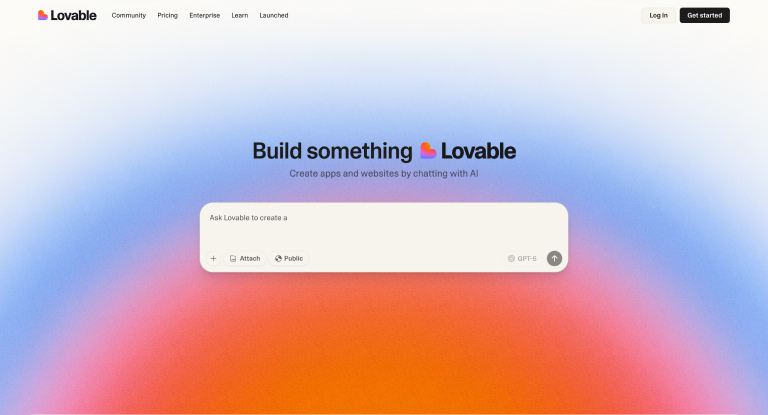
Build software products, using only a chat interface — that’s Lovable’s core promise. It’s an AI-powered system that promises to remove the pain of app creation by generating the skeleton of your project with some basic instructions. It acts as your AI co-engineer, enabling you to generate fully functional apps simply by describing what you need.
Key Features:
- Prompt-based app generation with clean interface, full-code exports, and GitHub integration
- Comprehensive full-stack development capabilities, including frontend generation, backend integration, and one-click deployment options
- Real-time collaboration and project sharing capabilities
- Complete code ownership with seamless GitHub synchronization
Best For: Startups and teams who want to rapidly prototype full-stack applications without deep coding knowledge.
Visit to – Loveable
2. Bolt
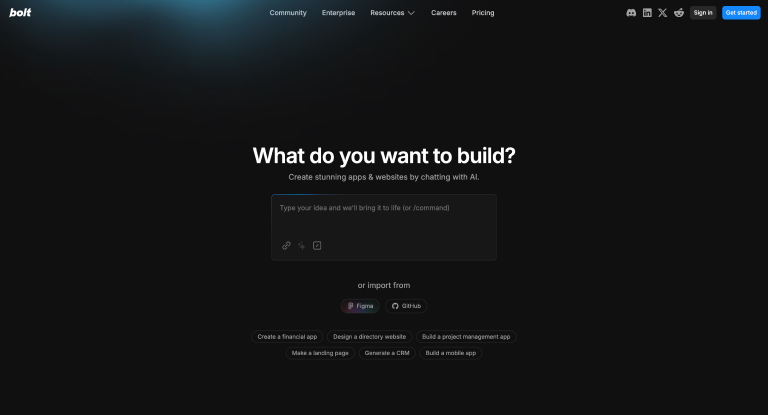
Bolt represents the next generation of AI-powered development environments, focusing on instant app creation through natural language processing. This platform excels at creating modern web applications with contemporary frameworks and styling.
Key Features:
- Instant web app generation from simple prompts
- Modern React and TypeScript support
- Real-time preview and editing capabilities
- Integration with popular development frameworks
Best For: Developers who need quick prototypes and modern web applications with minimal setup time.
Visit to – Bolt
Also Read – Top 10 AI Image Generators You Should Try in 2025
3. Cursor

Originally designed for developers, it’s an AI-powered IDE (code-writing app). Many people who use Lovable and Bolt then sync their code into GitHub, open it in Cursor, fix or customize, and then sync it back. Cursor has become the go-to choice for developers who want the power of traditional IDEs enhanced with AI capabilities.
Key Features:
- AI-powered code completion and generation
- Natural language to code conversion
- Advanced debugging and refactoring tools
- Seamless integration with existing development workflows
Best For: Professional developers who want to enhance their existing coding workflow with AI assistance.
Visit to Cursor
4. v0 — Vercel
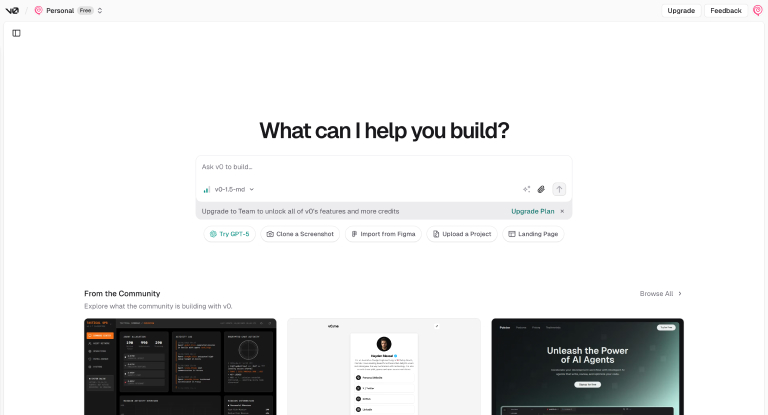
Vercel’s v0 is a generative user interface system that creates React components from text prompts. It’s particularly powerful for frontend development and UI/UX rapid prototyping.
Key Features:
- AI-generated React components from natural language
- Integration with modern design systems
- Real-time component preview and customization
- Export to popular frameworks and libraries
Best For: Frontend developers and designers who need to quickly create and iterate on UI components.
Visit to v0-dev
5. Tempo Labs
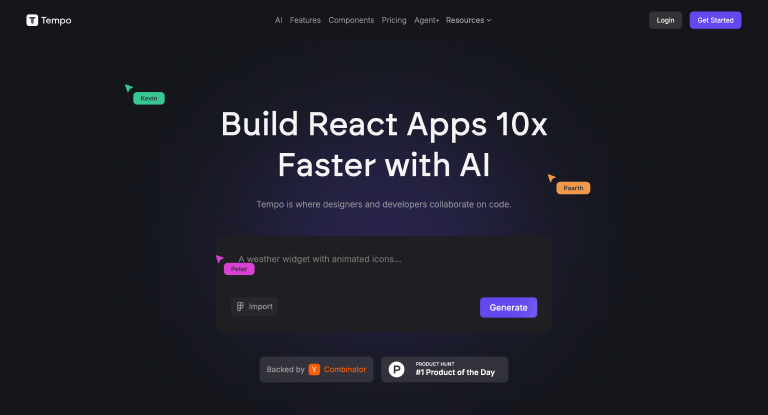
Tempo Labs focuses on creating AI-powered development workflows that emphasize speed and collaboration. The platform is designed for teams that need to move fast while maintaining code quality.
Key Features:
- Collaborative AI-driven development environment
- Automated code review and optimization
- Integration with popular project management tools
- Real-time team collaboration features
Best For: Development teams that prioritize rapid iteration and collaborative coding.
Visit To Tempo Labs
6. Replit
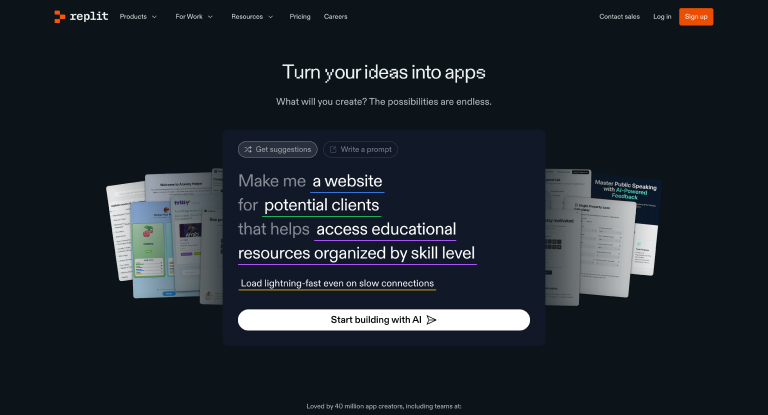
Replit, Cursor and Microsoft GitHub Copilot are popular tools available that enable users to experiment with AI assisted coding. Replit has evolved from a simple online IDE to a comprehensive AI-powered development platform.
Key Features:
- Browser-based development environment
- AI-powered code generation and debugging
- Instant deployment and hosting
- Collaborative coding and pair programming
Best For: Beginners, educators, and developers who need a cloud-based development solution.
Visit to – Replit
7. Base44
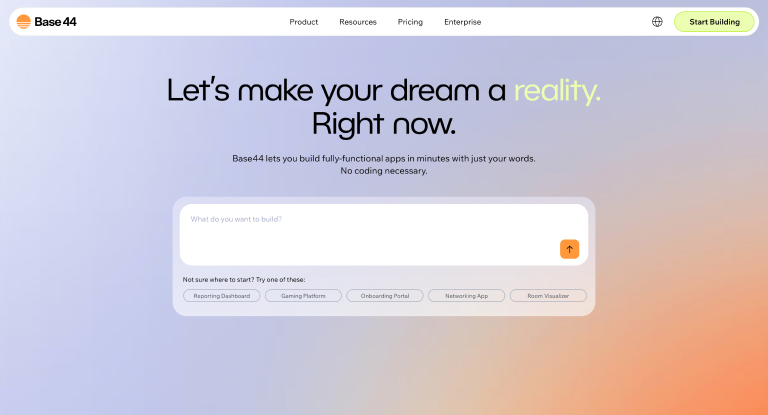
Base44 focuses on enterprise-grade AI development tools that help organizations scale their development processes while maintaining security and compliance standards.
Key Features:
- Enterprise-focused AI development tools
- Security and compliance-first approach
- Integration with existing enterprise workflows
- Advanced project management and tracking
Best For: Enterprise teams that need AI-powered development with robust security and compliance features.
Visit to Base44
8. Memex
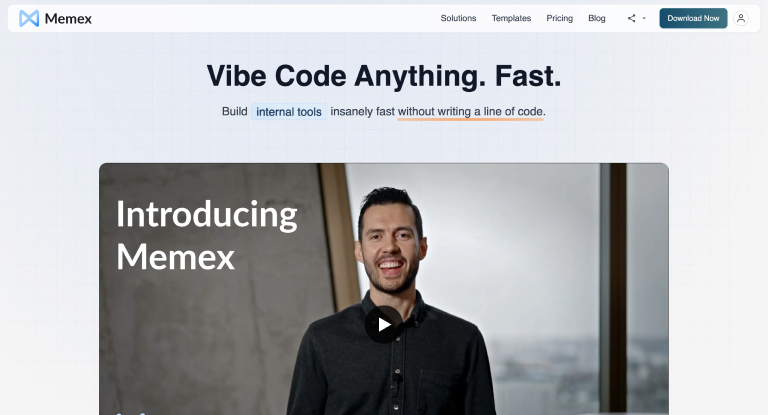
Memex combines AI-powered coding with knowledge management, helping developers build applications while maintaining comprehensive documentation and project history.
Key Features:
- AI-powered development with built-in documentation
- Knowledge management and project history tracking
- Intelligent code organization and search
- Collaboration tools for distributed teams
Best For: Teams that value documentation and knowledge management alongside rapid development.
Visit to Memex
9. GitHub Spark
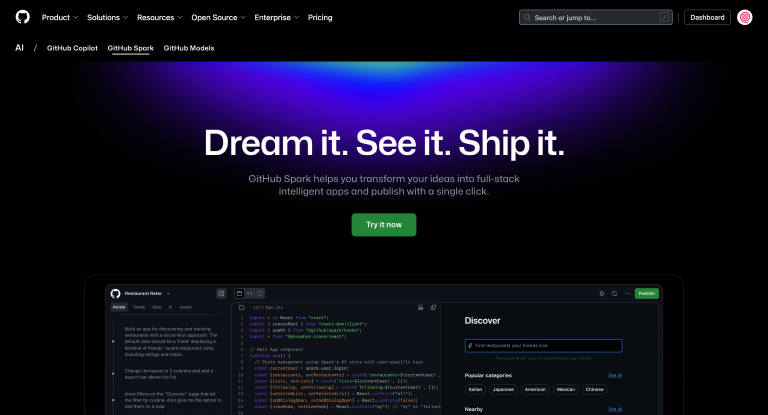
GitHub’s latest AI initiative focuses on making software development more accessible through natural language programming and automated workflows.
Key Features:
- Natural language to code generation
- Integration with GitHub’s ecosystem
- Automated testing and deployment pipelines
- Community-driven development workflows
Best For: Developers already in the GitHub ecosystem who want enhanced AI capabilities.
Visit to Github Spark
10. ChatGPT

While not specifically designed for coding, ChatGPT has become an essential tool for vibe coding, offering code generation, debugging assistance, and architectural advice.
Key Features:
- Natural language code generation
- Code explanation and debugging assistance
- Architecture and design pattern recommendations
- Multi-language programming support
Best For: Developers of all levels who need AI assistance for coding problems, learning, and brainstorming.
Visit to ChatGpt
11. Claude
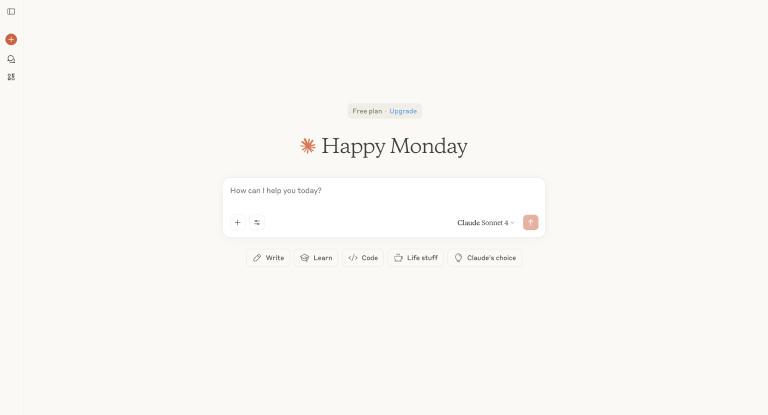
Claude offers sophisticated reasoning capabilities for complex coding challenges, making it particularly valuable for system design and architectural decisions.
Key Features:
- Advanced reasoning for complex programming problems
- Code review and optimization suggestions
- System architecture and design assistance
- Technical writing and documentation help
Best For: Senior developers and architects who need AI assistance with complex technical decisions.
Visit to Claude
12. GitHub Copilot
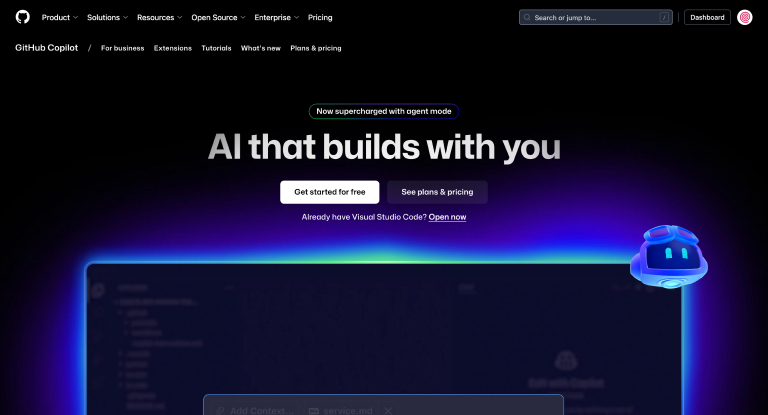
The pioneer in AI-assisted coding, GitHub Copilot continues to set standards for AI-powered development assistance with its deep integration into popular IDEs.
Key Features:
- Real-time code suggestions and completion
- Context-aware code generation
- Multi-language support
- Integration with popular development environments
Best For: Professional developers who want seamless AI assistance integrated into their existing workflow.
Visit to Github Copilot
13. Cody by Sourcegraph
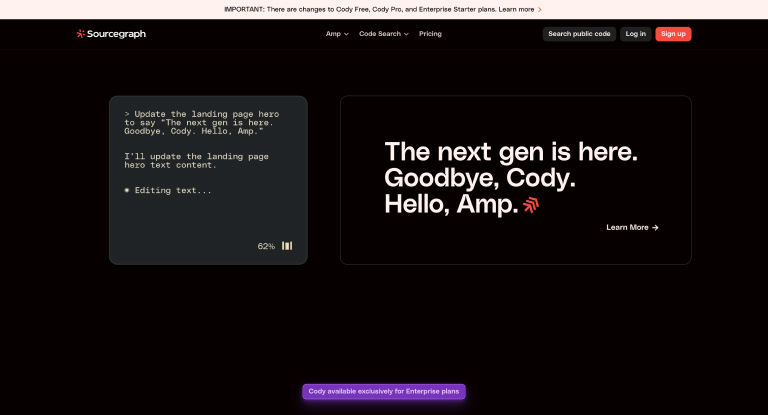
Cody focuses on understanding your entire codebase to provide contextually relevant AI assistance, making it particularly powerful for large, complex projects.
Key Features:
- Codebase-aware AI assistance
- Intelligent code search and navigation
- Context-aware suggestions and refactoring
- Enterprise-grade security and privacy
Best For: Teams working on large, complex codebases who need AI that understands their entire project context.
Visit to Code by Sourcegraph
14. Gemini Code Assist
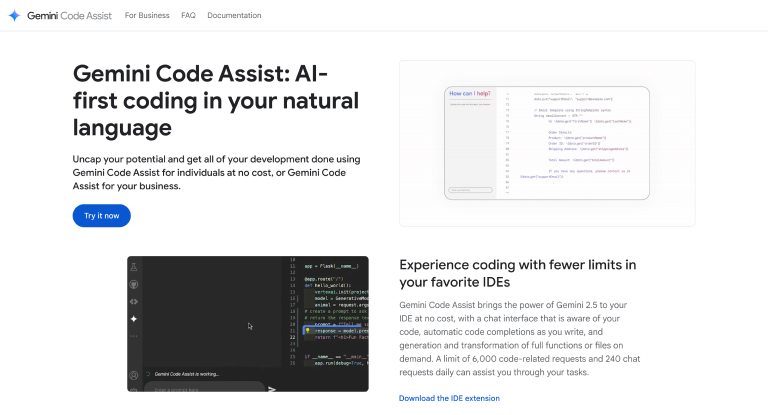
Google’s AI coding assistant leverages the power of the Gemini model to provide comprehensive development support across multiple languages and frameworks.
Key Features:
- Multi-modal AI assistance (code, documentation, and visual elements)
- Integration with Google Cloud services
- Advanced debugging and optimization tools
- Support for Google’s development ecosystem
Best For: Teams using Google Cloud services and developers who need multi-modal AI assistance.
Visit to codeassist
15. Windsurf (formerly Codeium)
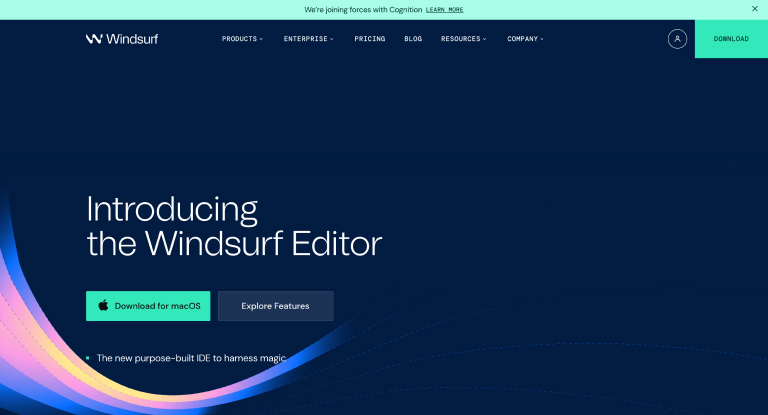
Windsurf (formerly Codeium) is one of the most powerful vibe coding tools that uses generative models to create AI-based products for developers. Its AI features can support your coding as a Copilot and address complex tasks independently as an Agent.
Key Features:
- Dual-mode operation: Copilot assistance and independent Agent capabilities
- Advanced code generation and completion
- Multi-language and framework support
- Free tier with generous usage limits
Best For: Developers who want powerful AI assistance with both guided and autonomous coding capabilities.
Visit to Windsurf
The Bottom Line
As AI agents become more capable, platforms like Cursor, Replit, Claude, and GitHub Copilot are redefining developer velocity. Adopting these vibe coding tools can help you ideate, build, and iterate—at the speed of thought.
The vibe coding revolution is fundamentally changing how we approach software development. These 15 tools represent the cutting edge of AI-powered development, each offering unique strengths for different aspects of the development process. Whether you’re a startup founder looking to rapidly prototype your MVP, an experienced developer wanting to accelerate your workflow, or a team seeking to democratize coding within your organization, there’s a vibe coding tool tailored to your needs.
The key to success with vibe coding isn’t replacing human creativity and problem-solving skills, but rather augmenting them with AI capabilities that handle routine tasks and provide intelligent suggestions. These tools are more than just trend pieces—they’re practical solutions that are actively transforming how we build, test, and deploy software.
As we move further into 2025, the companies and developers who embrace these tools while maintaining a focus on quality, security, and user experience will find themselves at a significant competitive advantage. The future of software development is collaborative between human creativity and artificial intelligence, and these vibe coding tools are leading that transformation.
Key Takeaway: Start experimenting with these tools today. The learning curve is minimal, but the potential impact on your development velocity and creativity is enormous. The vibe coding revolution isn’t coming—it’s here, and it’s time to join it.
